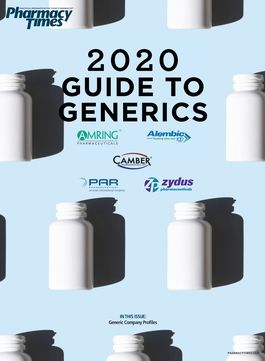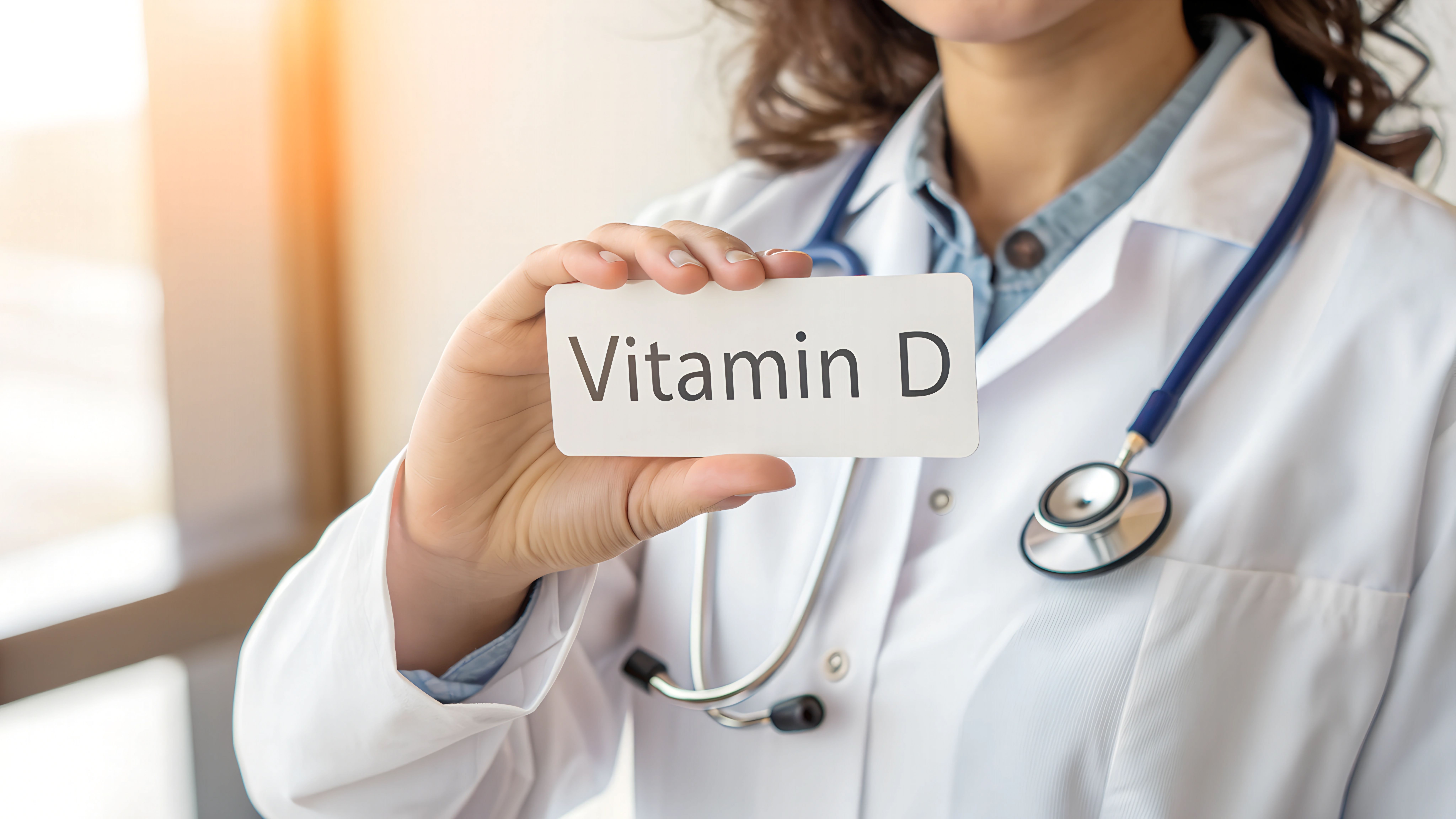Publication
Article
Generic Supplements
Study Results Show Increased Generic Competition Saves Billions of Dollars
Author(s):
Although experts predict continued growth in drug spending, results find those linked to US Pharmacopeia standards lower prices.
With steadily increasing US prescription sales over the recent decades, legislative and regulatory efforts to minimize drug costs are gaining interest and momentum among patients who are frustrated by rising costs.
Although US Pharmacopeia (USP) standards are undoubtedly important, new research shows that drugs with USP monographs had about 50% more generic manufacturers in the United States, creating more competition and lowering prices.1
High drug prices have a massive impact on patients, who may take dangerous steps to make prescriptions last longer. Investigators have found that among patients who take prescription medications, 19% said that they or a family member have cut pills in half or skipped doses, while 24% reported that they or a family member have failed to fill a prescription, because of the cost.1
Investigators have found notable increases over the years, including a 5.5% increase in drug spending from 2017 to 2018. In 2018, prescription spending in nonfederal hospitals totaled $35.8 billion, a 4.8% increase from 2017.2 Clinic environments have seen some of the highest growth, with a 13% increase from 2017 to 2018, while nonfederal hospitals have been less affected, with a 4.8% increase.2
In the same analysis, investigators predicted continued moderate growth between 4% and 6% in overall drug spending. Notably, they anticipate trends in the clinic sector and nonfederal hospitals to continue, with between 11% to 13% and 3% to 5% growth, respectively.2
A separate study noted that single-source drugs are a large driver behind increasing pharmaceutical costs, representing just 10% of prescriptions filled but more than 63% of pharmaceutical spending.1 Although many single-source drugs are protected by exclusivity provisions or patents, some single-source drugs represent opportunities for generic competition to create competition and lower cost.
Several previous studies have found that USP standards support drug development and quality assurance, according to the investigators.
In the new research, experts identified 982 prescription products approved between 1982 and April 3, 2018, that had available IQVIA sales data and were not under patent protection.1 About 40.3% of the prescription drugs analyzed had a drug product monograph, while 74.9% had a drug substance monograph.1
Of the 508 drugs with at least 2 generic manufacturers, 32.6% had drug product monographs that were established prior to the second generic. On average, drugs with drug product monographs had 7.2 generic manufacturers per drug compared with 1.7 for those without published USP standards.1
Most notably, according to the investigators the cost savings associated with USP drug product monograph issuance was an estimated $5.09 billion and $6.22 billion annually in 2015 and 2016, driven by the estimated 386 and 417 additional manufacturers on the market, because of USP monographs.1 They did not find an association between drug product monographs and the speed of generic entry.1
There could be several reasons for this association between USP standards and the number of generic options. The availability of widely accepted monographs certainly saves manufacturers resources by eliminating or reducing the need to develop in-house testing procedures,1 and though encouraging competition is a complex issue, supporting information that facilitates manufacturing may be an excellent option for legislators and regulators to consider.
REFERENCES
- Murimi-Worstell IB, Ballreich JM, Seamans MJ, and Alexander GC. Association between US Pharmacopeia (USP) monograph standards, generic entry and prescription drug costs. PLOS One. 2019;14(11):e0225109. doi: 10.1371/journal.pone.0225109
- Schumock GT, Stubbings J, Hoffman J, et al. National trends in prescription drug expenditures and projections for 2019. Am J Health Syst Pharm. 2019 Jul 18;76(15):1105-1121. doi: 10.1093/ajhp/zxz109
Newsletter
Stay informed on drug updates, treatment guidelines, and pharmacy practice trends—subscribe to Pharmacy Times for weekly clinical insights.







